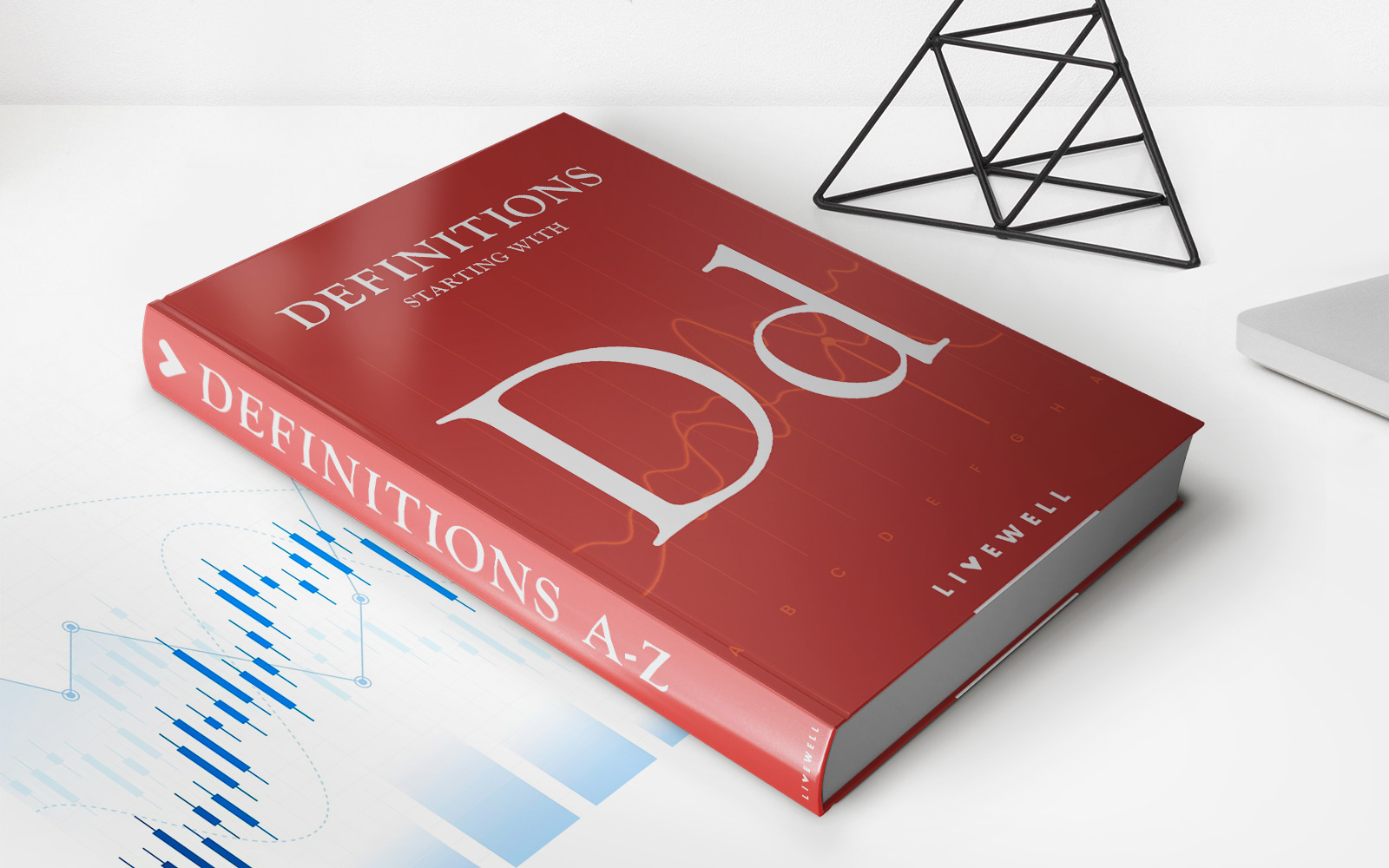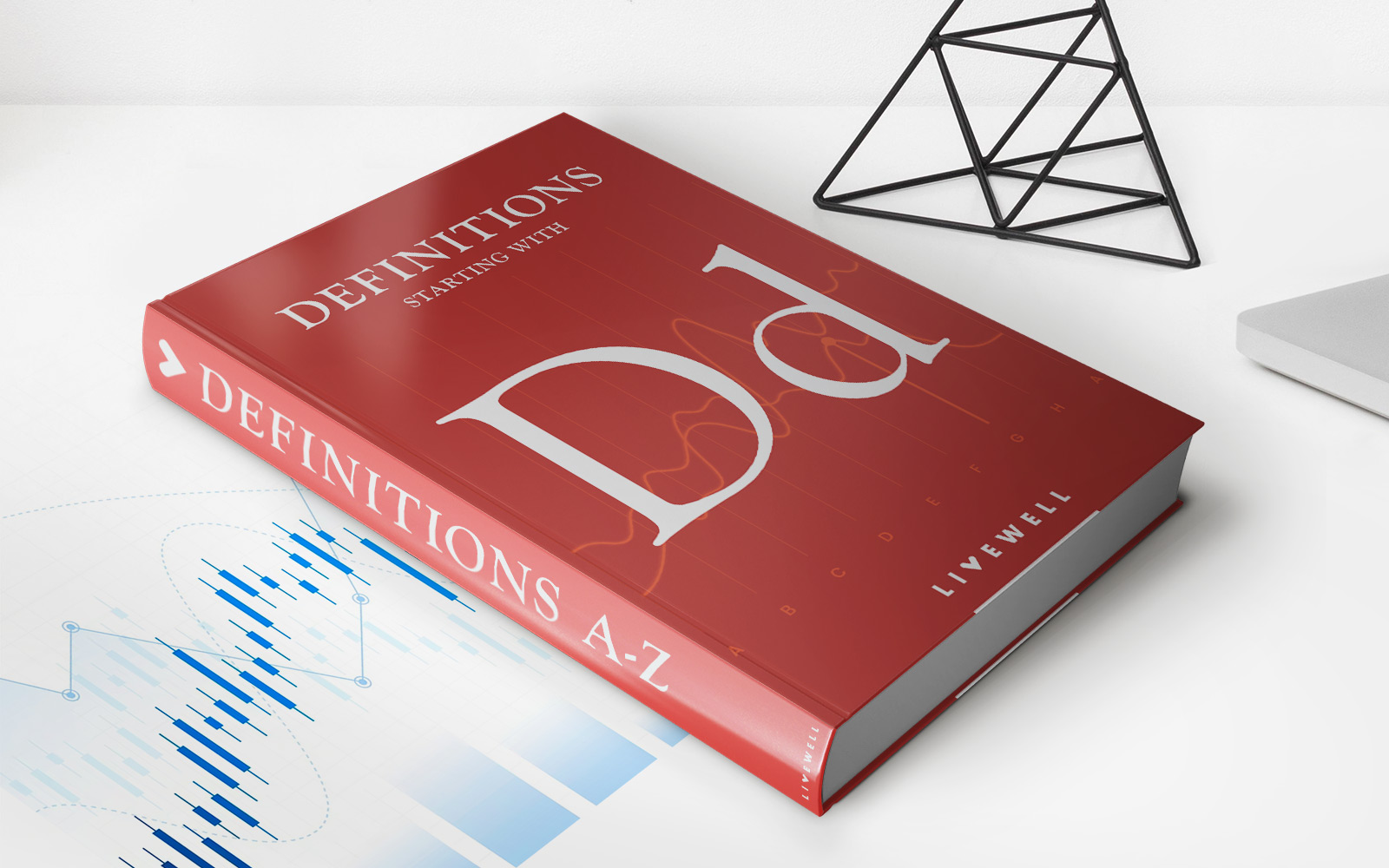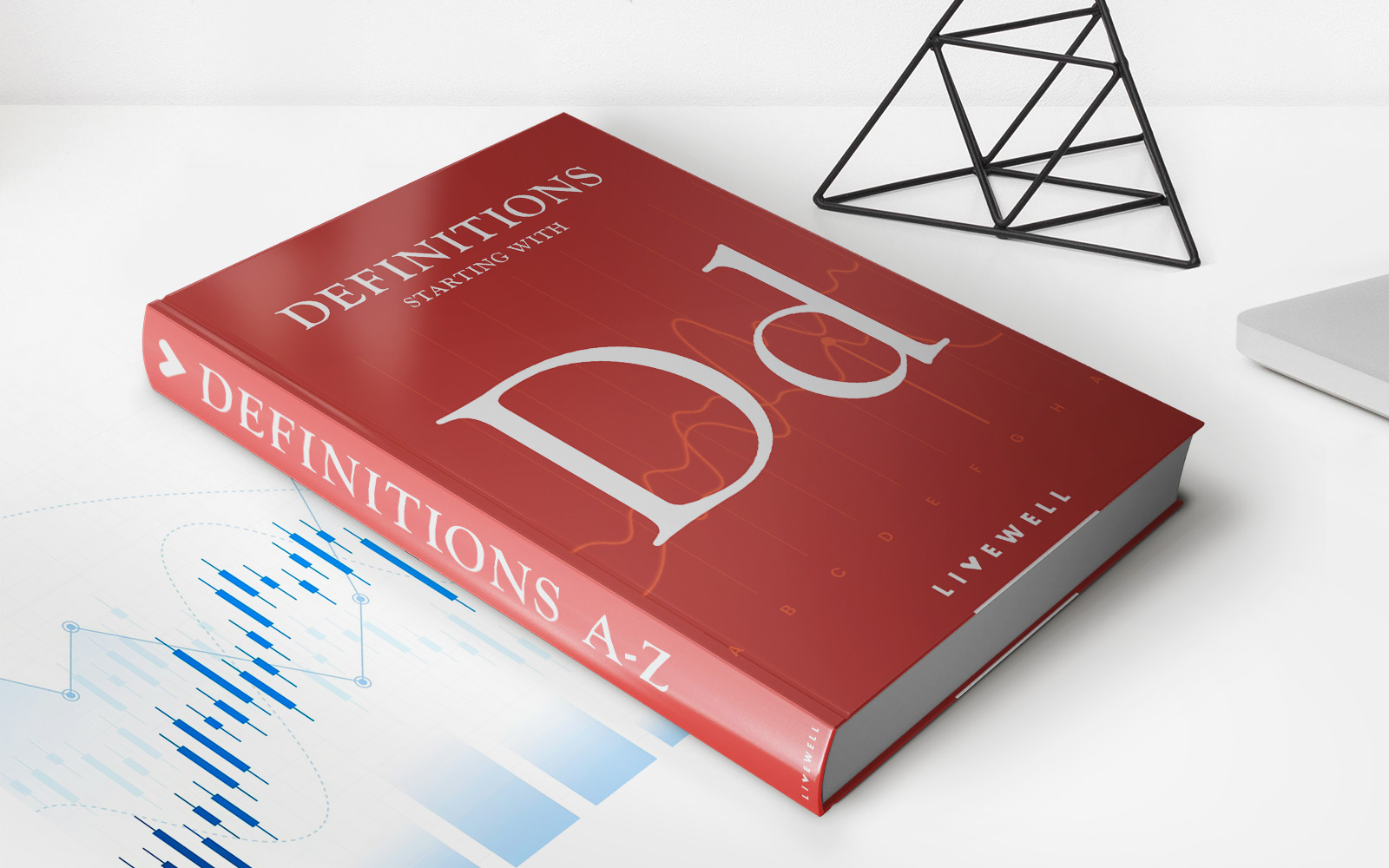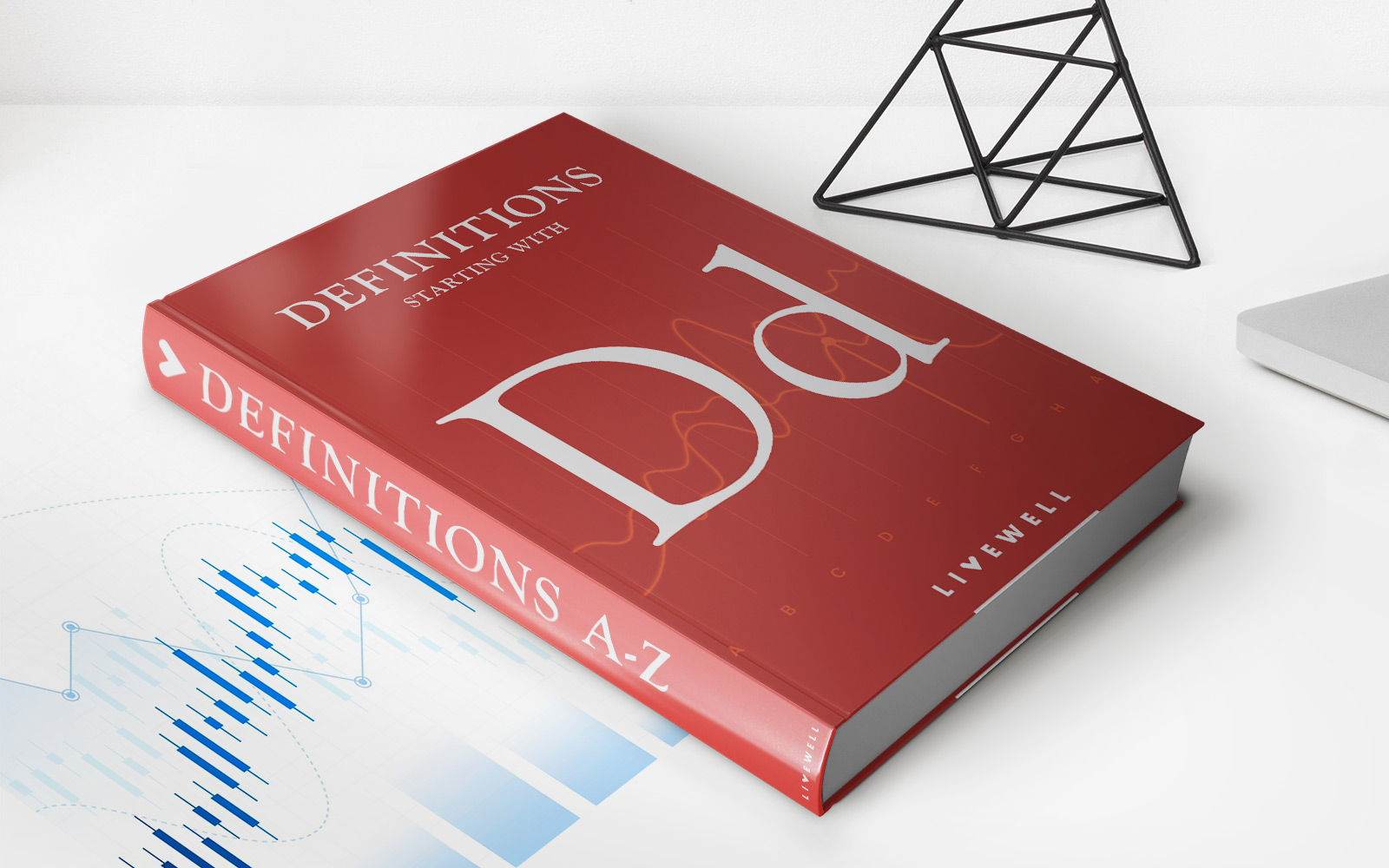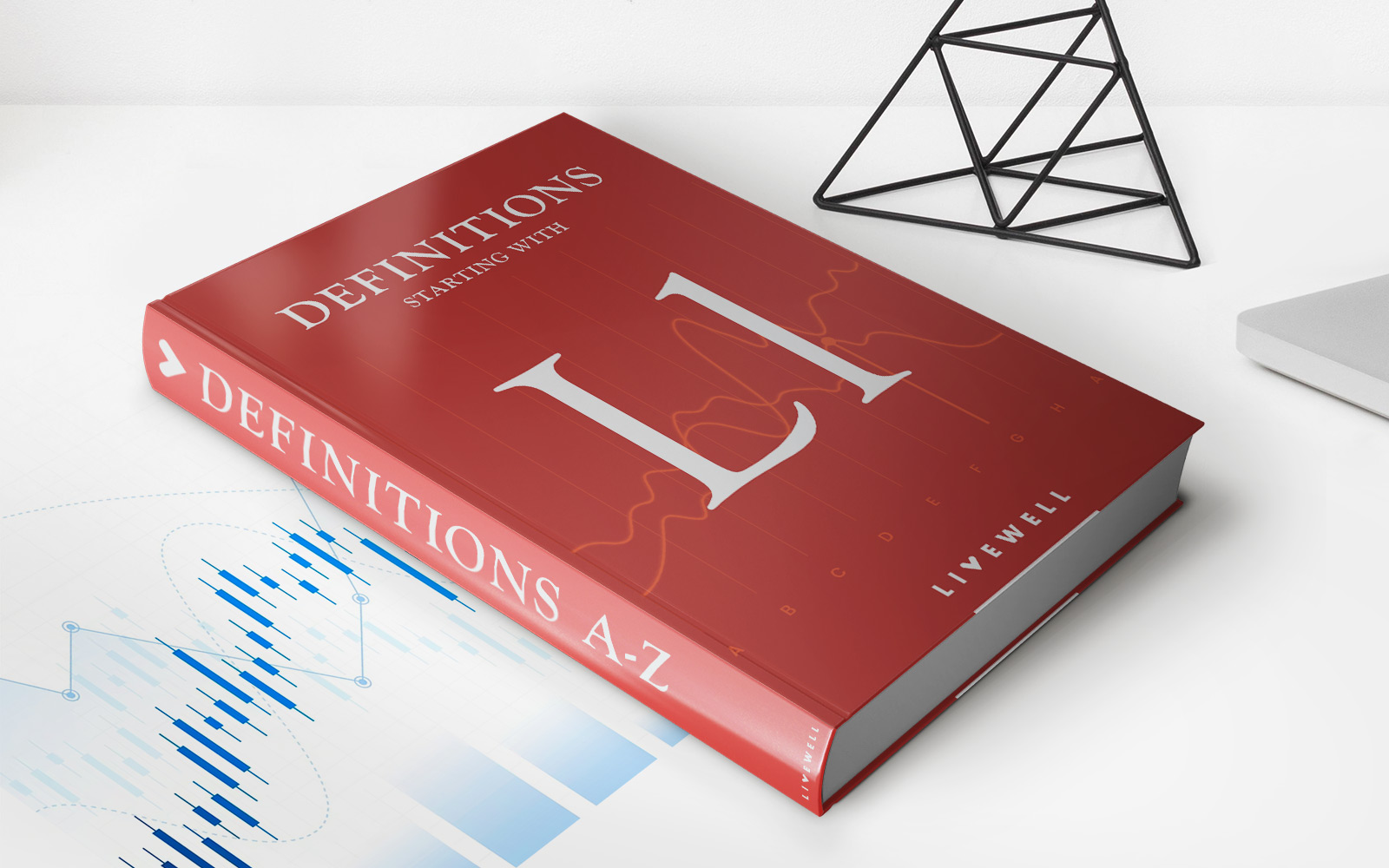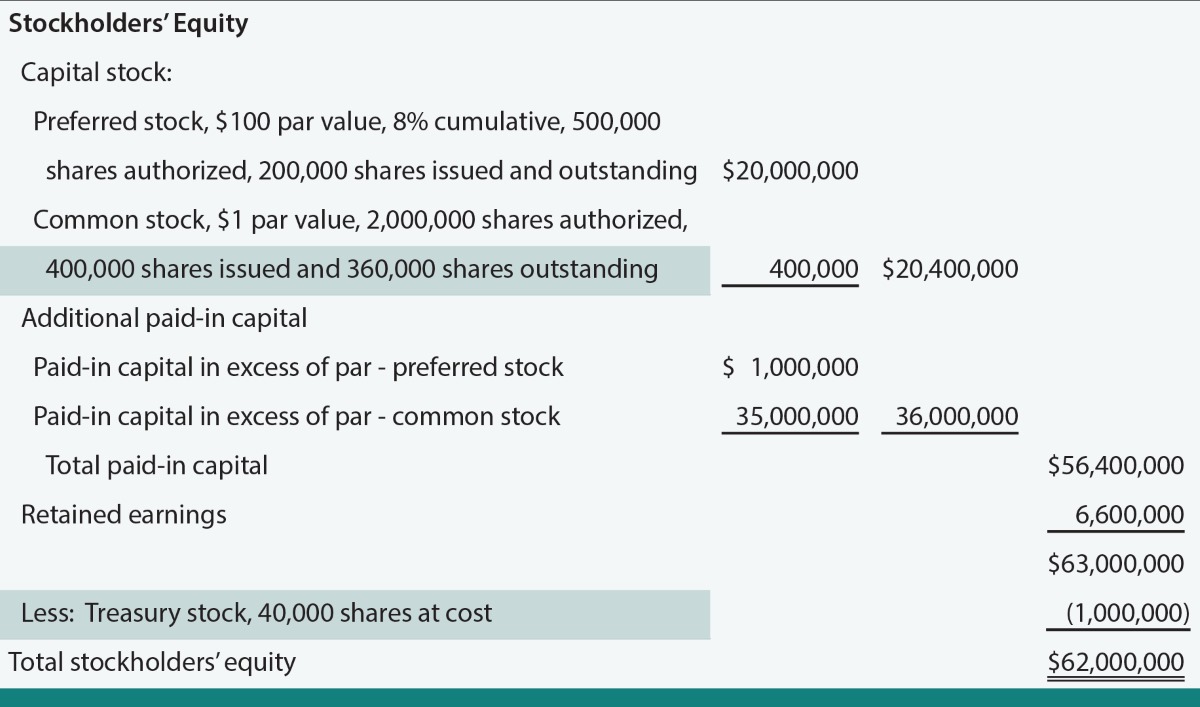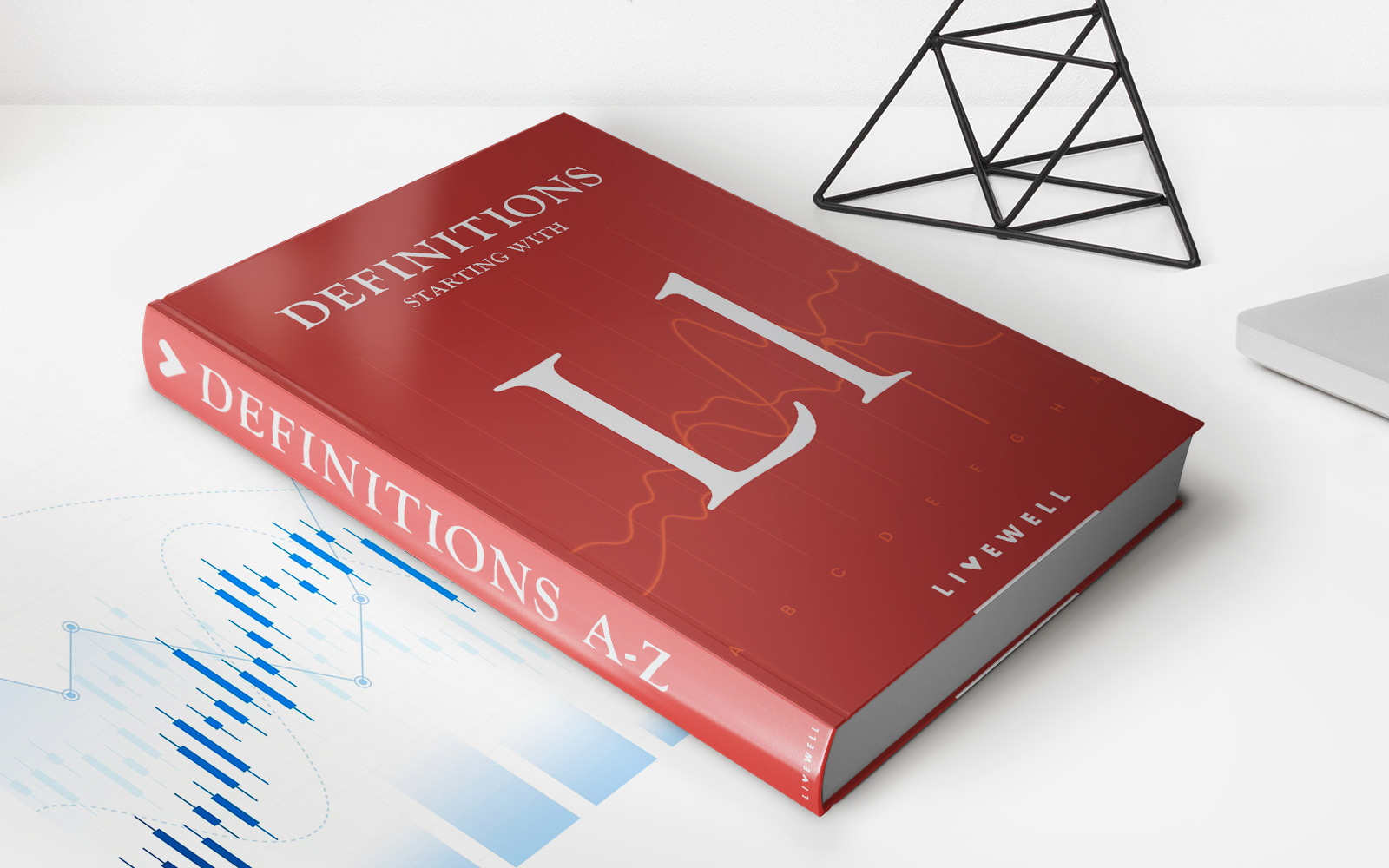
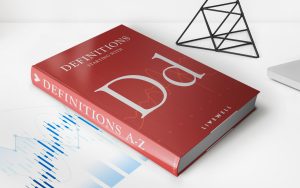
Finance
Dual Currency Swap Definition
Published: November 14, 2023
Learn the definition of dual currency swap and its significance in finance. Explore the complexities and benefits of this financial instrument.
(Many of the links in this article redirect to a specific reviewed product. Your purchase of these products through affiliate links helps to generate commission for LiveWell, at no extra cost. Learn more)
A Guide to Dual Currency Swaps: Understanding the Basics
Welcome to our Finance category, where we explore various aspects of the financial world. In this blog post, we will dive into the intriguing world of dual currency swaps – a financial instrument that can be both complex and beneficial for corporations and investors alike. But fear not, by the end of this article, you will have a clear understanding of what dual currency swaps are and how they work.
Key Takeaways:
- Dual currency swaps involve the exchange of interest payments and principal between two parties in different currencies.
- These swaps can provide a solution to manage currency risk and obtain favorable financing terms in international transactions.
What is a Dual Currency Swap?
A dual currency swap is a specialized type of financial agreement between two parties, typically banks or corporations, that allows for the exchange of interest payments and principal in different currencies. It is often used by entities engaged in international business transactions to manage currency risk and obtain favorable financing terms.
In a dual currency swap, the two parties agree to exchange one currency for another at a predetermined exchange rate, known as the swap rate. This exchange rate is typically established at the beginning of the swap and remains fixed throughout the term of the agreement.
The exchange of interest payments and principal in different currencies allows the parties involved to benefit from fluctuations in the exchange rate between the two currencies. For example, if a corporation based in the United States borrows funds in Japanese yen through a dual currency swap, it can potentially benefit from a depreciating yen against the dollar, reducing its repayment obligations.
How Does a Dual Currency Swap Work?
Let’s walk through a simplified example to understand how a dual currency swap works:
- Party A agrees to pay interest in US dollars to Party B.
- Party B agrees to pay interest in Japanese yen to Party A.
- At regular intervals, Party A makes interest payments to Party B in US dollars.
- Simultaneously, Party B makes interest payments to Party A in Japanese yen.
- Upon the maturity of the swap, the principal amounts are exchanged at the pre-determined exchange rate.
By participating in a dual currency swap, both parties gain access to borrowing terms in a currency that is advantageous to them, thus hedging their exposure to exchange rate fluctuations.
Benefits and Risks of Dual Currency Swaps
Now let’s consider some of the benefits and risks associated with dual currency swaps:
Benefits:
- Helps manage currency risk: Dual currency swaps allow entities to mitigate the risks associated with fluctuations in exchange rates, providing stability in international transactions.
- Provides favorable financing terms: By accessing financing in a currency that offers lower interest rates, entities can obtain more favorable borrowing terms.
Risks:
- Exchange rate fluctuations: While a dual currency swap can protect against adverse exchange rate movements, it can also expose parties to potential losses if the exchange rate moves unfavorably.
- Counterparty risk: As with any financial transaction, dual currency swaps carry counterparty risk, which refers to the risk of the other party defaulting on its obligations.
It is always important to carefully assess the potential benefits and risks before engaging in a dual currency swap and consult with financial professionals to ensure it aligns with your specific needs and goals.
In Conclusion
Dual currency swaps are complex financial instruments that can enable entities engaged in international transactions to manage currency risk and secure favorable financing terms. These swaps involve the exchange of interest payments and principal in different currencies, allowing parties to hedge against exchange rate fluctuations and benefit from advantageous borrowing conditions.
However, it is crucial to remember that dual currency swaps carry risks, including potential losses due to exchange rate movements and counterparty risk. Therefore, careful consideration and professional advice should always be sought before entering into any financial agreement.
We hope this article has provided you with a clear understanding of the basics of dual currency swaps. If you have any further questions or comments, please feel free to reach out.
